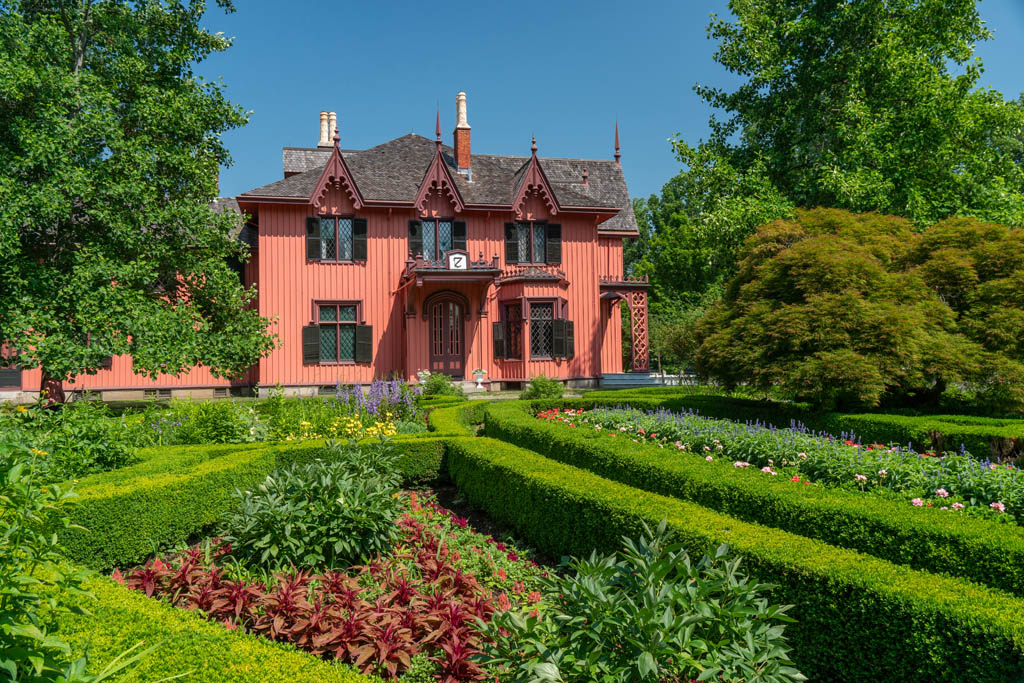
Historic New England has always been on a mission. As the nation’s oldest and largest regional cultural heritage organization, it has built a highly respected presence during its 112-year history of gathering the stuff of the past—large and small, from houses to jewelry—to advance the understanding and appreciation of earlier lifeways. With a new charge that expands on its work of protecting historic resources and gives attention to supporting neighborhood livability, Historic New England held its first major conference in October. Designed to reflect the interdisciplinary character of the organization, the Historic New England Summit presented two days of conversations exploring how 21st-century challenges and opportunities are transforming the fields of historic preservation, architecture, urban planning, conservation, arts and culture, museum studies, collections management, public history, and education.
The Historic New England Summit, which will be an annual event, marks the organization’s transition into a more dynamic and comprehensive period in its history. “There couldn’t be a better time for this convening, and after 112 years, we’ve earned the opportunity to host something of this scale,” said Vin Cipolla, President and CEO of Historic New England. Held at historic Mechanics Hall in Worcester, Massachusetts, future Summits will be held at select sites that promote the region’s storied past.
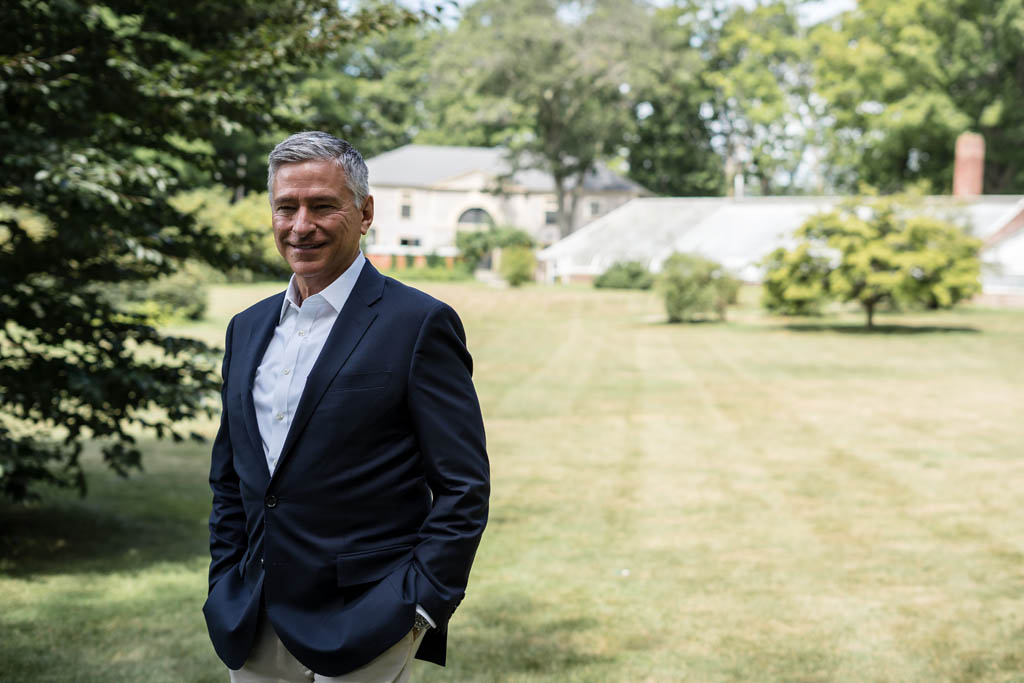
Vin Cipolla
Indeed, it is incumbent upon Historic New England to provide a forum such as the Summit. The umbrella of preservation integrates past and present, a fusion that has the potential to inform the future by creating better places to live and work. A cornerstone of creating better places to live and work includes the concept of social equity to ensure that fairness and justice are extended to all communities. Being an interdisciplinary organization, Historic New England is well suited to forging a transdisciplinary thought leadership framework to create new, holistic perspectives on and approaches to solving shared problems. The purpose of the Summit is to bring together preservationists, conservationists, educators, civic and municipal leaders, urban planners, arts and culture organizations, philanthropists, community advocates, engaged citizens, and students to share in open dialogue about what we know, along with what we need to learn and the actions we can take. Although the focus of the Summit highlights the region, the content presented has national and global applications.
Cipolla said that preservation holds solutions to several issues that have beset many areas. “Our communities are under enormous pressure everywhere you look. Poor zoning regulations. Misplaced development incentives. An extreme lack of affordability. Displacement. A ‘tear-down’ craze in many areas. Sustainability threatened due to climate change. Historic preservation offers many solutions for these issues,” he said.
Even though historic preservation can solve many ongoing and growing problems, its solutions have often been unevenly applied and poorly used, Cipolla said. “Historically, we have not been an inclusive movement,” he said of the field as a whole. “That is changing. We all benefit from the conversation a convening like the Summit facilitates.”
Historic New England has a well-stocked toolbox for protecting history, buildings, and landscapes, as well as a solid track record of using it. Founded as the Society for the Preservation of New England Antiquities in 1910, Historic New England has 38 house museums and landscapes—several coastal farms among them—that are open to the public. It holds the largest collection of New England artifacts in the world, numbering more than 125,000 objects and works of art and 1.5 million archival documents. While many of these prized objects and artwork provide the furnishings for the house museums, others are maintained in a vast collections and archives repository, the Historic New England Center for Preservation and Collections in Haverhill, Massachusetts.
Besides housing Historic New England’s material culture collections and archives, the center stands to make a meaningful contribution to the city of Haverhill. An eight-story, concrete building constructed in 1911-1912 for use as a factory to support Haverhill’s prosperous shoemaking industry, the spacious structure presents a prime opportunity for engagement on many levels with the host community, from residents to public servants to advocates for economic revitalization. Haverhill is designated a Gateway City—“gateway” being access to attaining the “American dream.” It was among the first 11 Massachusetts municipalities identified as such because they flourished as manufacturing centers in the late 19th and early- to mid-20th centuries, boosting regional economies. The decline of manufacturing industries beset these mid-size cities with socioeconomic challenges; however, the communities are recognized for retaining comeback potential with the aid of innovative investment. Massachusetts currently has 26 Gateway Cities. Being in Haverhill positions Historic New England to collaborate with the community on the city’s continued economic revitalization in a number of ways, such as engaging its mission to serve as a cultural catalyst and establishing itself as a vibrant, contributing presence.
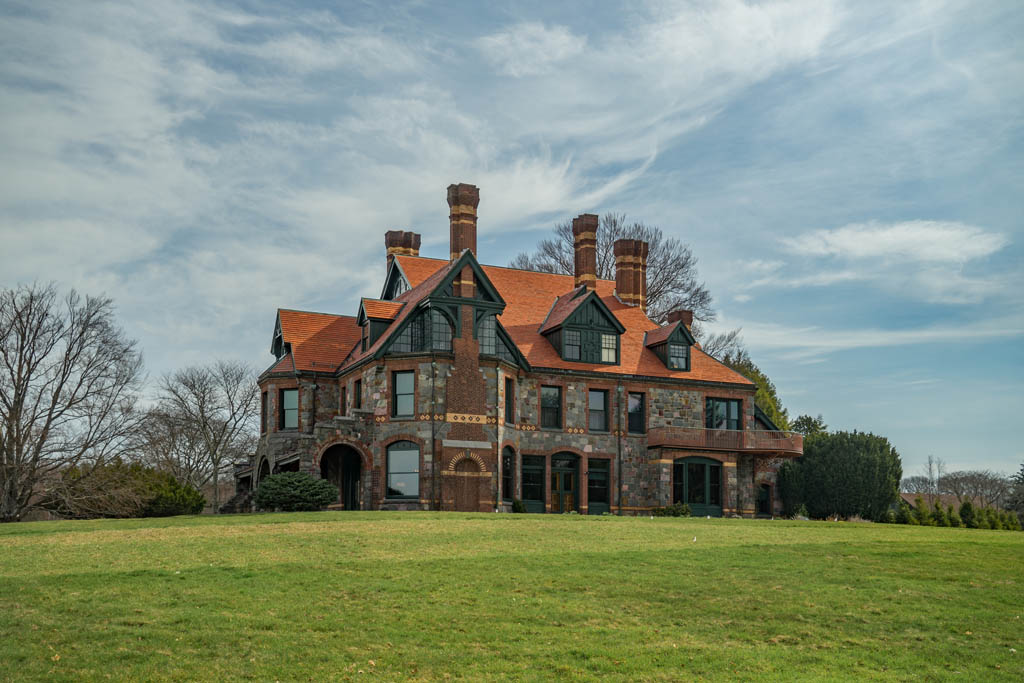
The Eustis Estate Museum (1878), located at the base of the Blue Hills, in Milton, Mass. Photo by Eric Roth.
Historic New England has long been known for the house museums to which it invites visitors. These properties, a number of which are listed on the National Register of Historic Places, include colonial-era dwellings, Federal-period mansions, and the house that Walter Gropius, founder of the Bauhaus design school in Germany, built in 1938 in Lincoln, Massachusetts, as his family residence shortly after immigrating to the United States. In building upon the New England landscape, the influential Gropius employed the philosophy that gained the Bauhaus fame during its operation from 1919 to 1933—simplicity, functionality, economy, geometry, and aesthetic beauty determined by the materials used. The result is a mid-20th-century structure that incorporates features such as climate control, green or sustainable design, and resource conservation, which have become important design strategies in the 21st century.
Historic New England’s engagement with audiences is wide ranging, offering education and entertainment. With school programs and camps, exhibitions, publications, and a host of in-person and virtual offerings, the organization appeals to a variety of interests. The school and youth programs use historical resources in multidisciplinary ways that are fun and consider different mastery styles to enrich and reinforce students’ learning. Exhibition space at some of the house museums is used to display objects from the organization’s collection as well as to share the work of contemporary artists and other creative makers. The eponymous member magazine is published three times a year and takes readers behind the scenes (and often beyond), highlighting Historic New England’s properties and the historical figures associated with them; the preservation and conservation work it does; programs, events, and webinars offered; and general historical research and its relevance today.
Concerning history and its current-day role, Historic New England is taking another look back in order to move forward with its Recovering New England’s Voices initiative. This multiyear research effort takes a more inclusive approach to studying the region’s history with the purpose of finding stories that have been minimized or ignored in the telling of New England’s past. Launched in September 2021, Recovering New England’s Voices has far exceeded the organization’s initial expectations for its findings. To conduct the first phase of the initiative, Historic New England hired four historians for a term of one year to exclusively research archives, libraries, and collections around the region to discover new stories and recover the fullness of others barely known about the lives of enslaved people, LGBTQ+ people, Indigenous people, workers and laborers, differently abled individuals, women, and many more.
These stories give more accurate, truthful accounts of the people who had a presence at the properties the organization now stewards as well as in the larger communities where these sites are located. One of the major successes of the scholars’ work was revealing the identities of about 30 people who were enslaved at the properties; their existence was previously unknown because of erasure and oppression by dominating narratives that centered white ownership and residency.
Having laid a foundation for narrative reexamination, Historic New England began the second phase of the Recovering New England’s Voices initiative in the fall. Last year’s findings will be expanded upon and used to make the organization’s sites catalysts for transformative conversations and environments for socially driven structural change.
Like Recovering New England’s Voices, the Historic New England Summit is aligned with the organization’s 2021-2025 strategic agenda. Called The New England Plan, it is a dynamic course of action that heightens and broadens the organization’s influence and positions it to have an even greater impact in delivering on its mission. Cipolla said Historic New England’s hope is that the initiatives and plans of its peer organizations and advocates will greatly benefit from their participation in the Summit.
“The Summit is a provocation in real time to spark new ideas, partnerships, and action,” he said. ☐
Dorothy A. Clark is a journalist and historian who has extensively researched forgotten histories of the American past as well as buildings in Massachusetts. She has presented on several occasions at the annual Black New England Conference. Dorothy is editor of Historic New England magazine and an adjunct faculty member at the Boston Architectural College, where she teaches a survey course on world history and modernity.



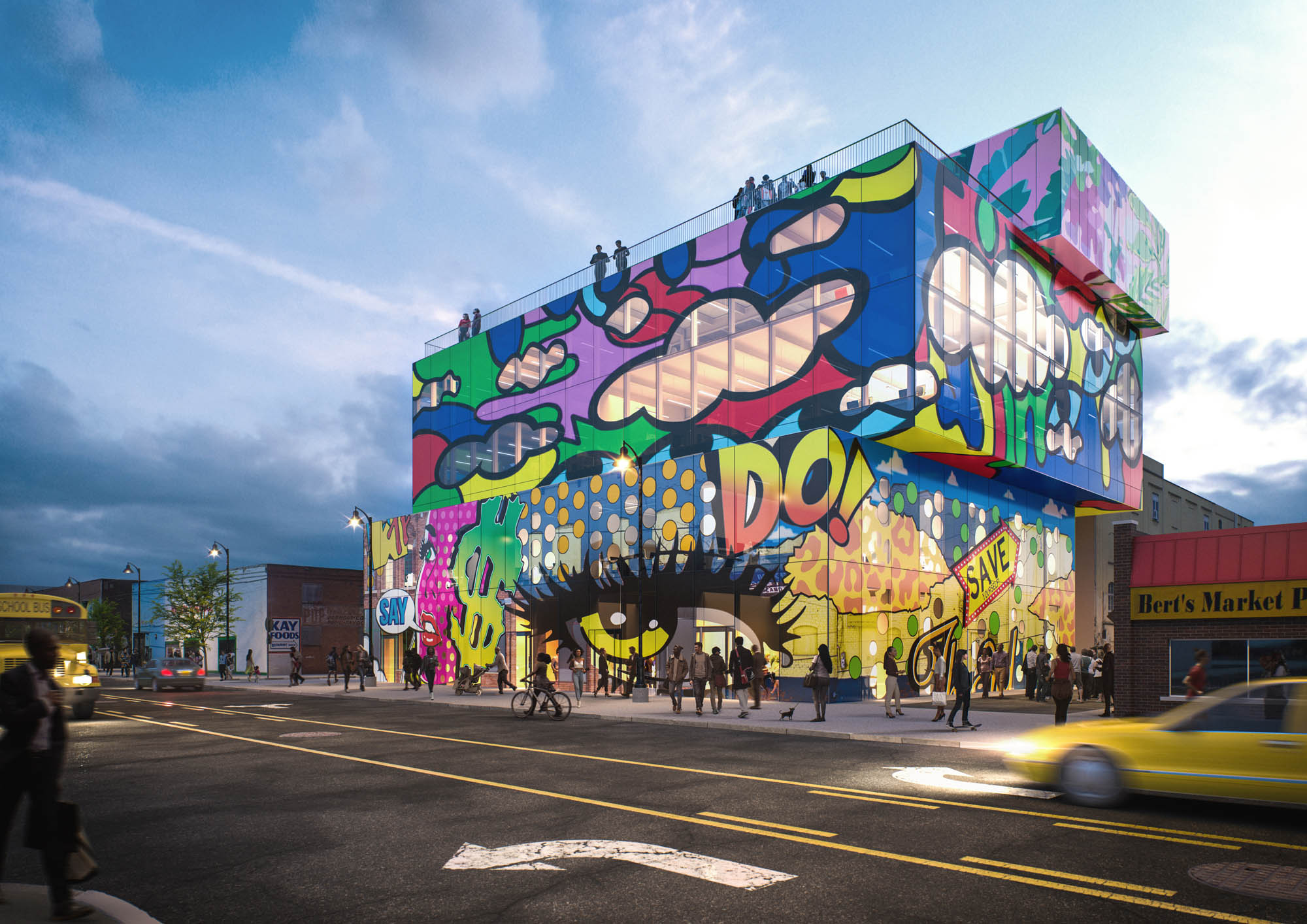
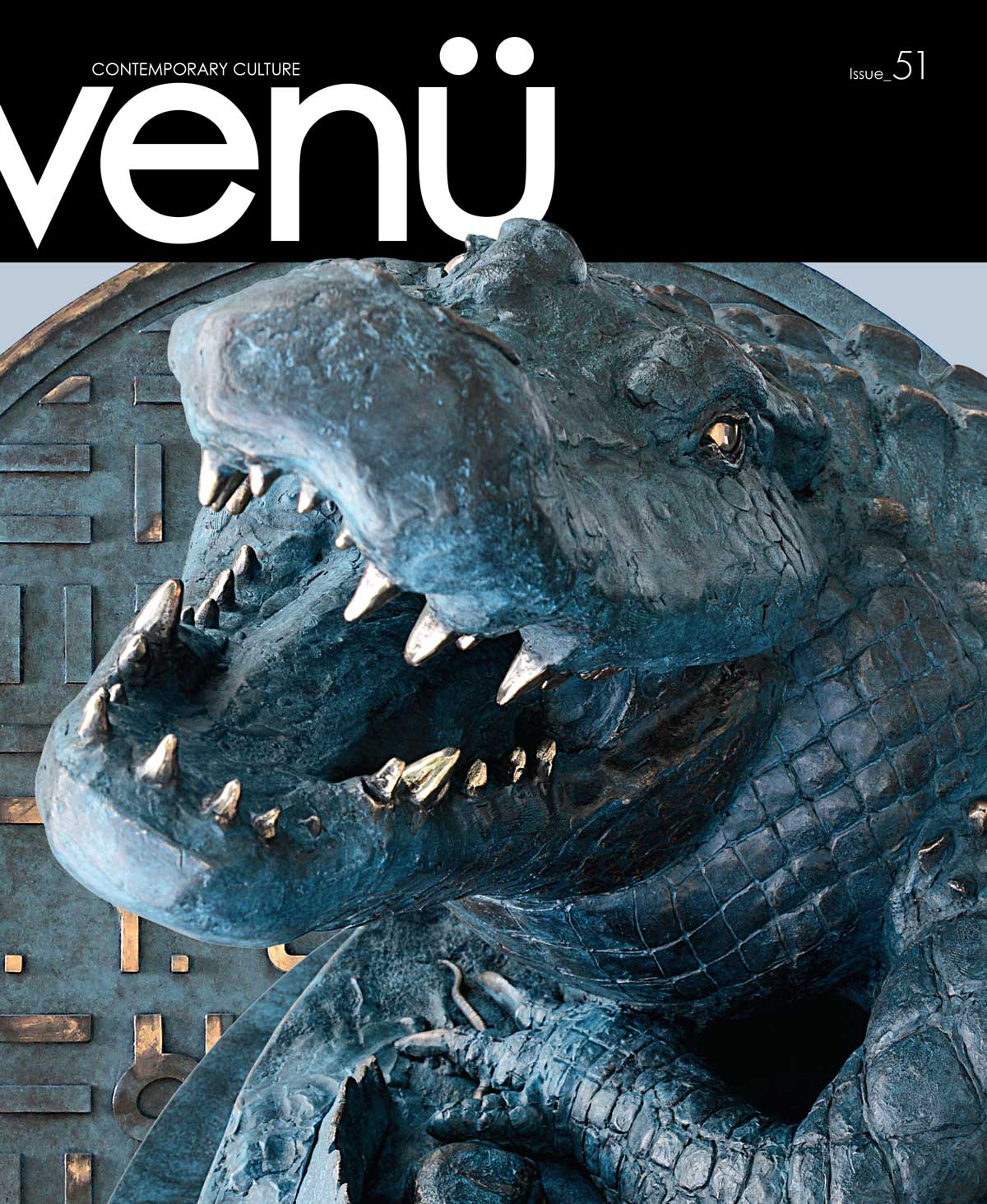
Leave a Reply